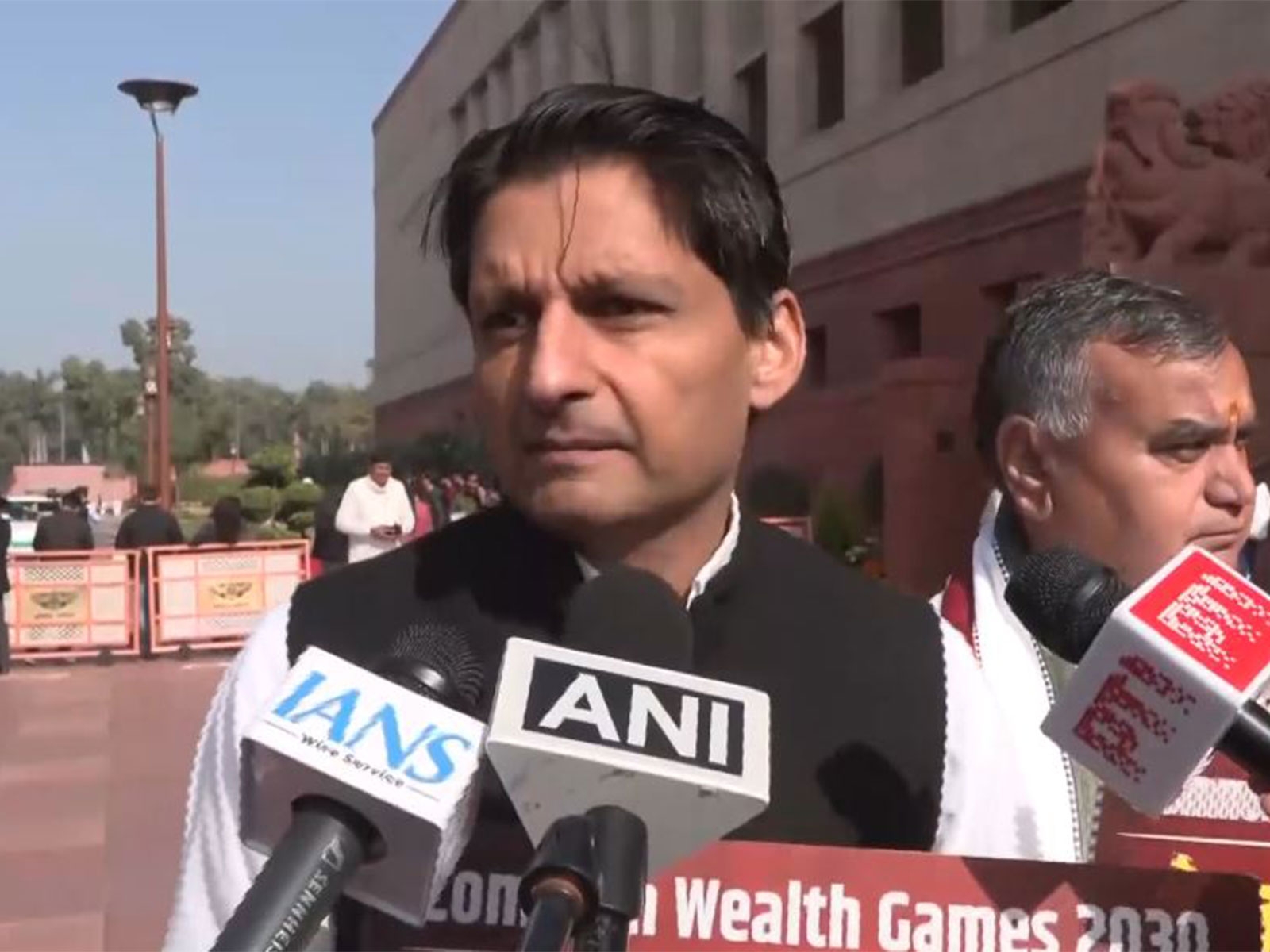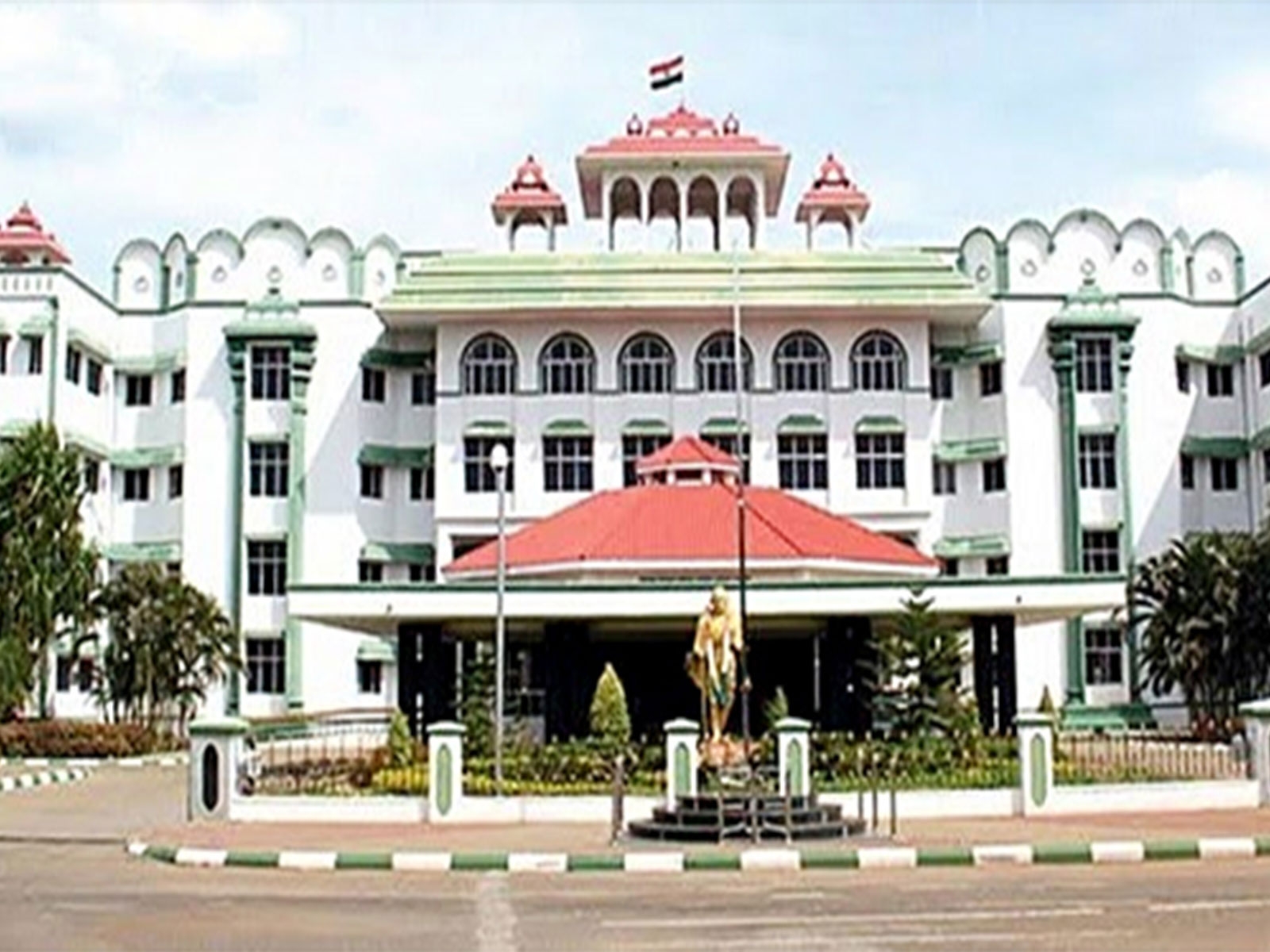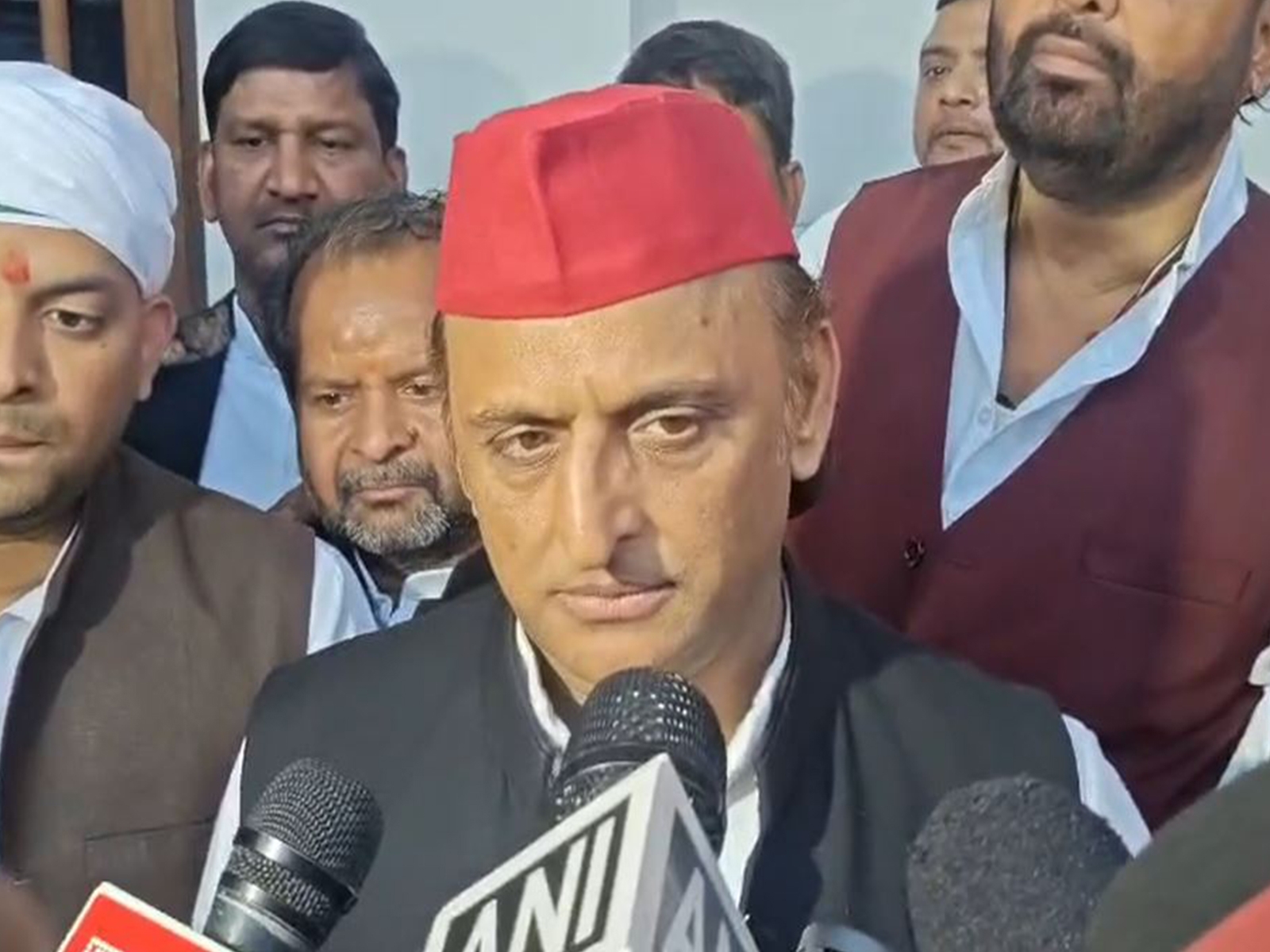'Jai Kisan'! The economics behind Chhattisgarh farmer suicides

Hapless farmers
- Jugeshwar Sahu, Harban Halba, Rekhu Ram, Ishwar Korram... the list goes on
- Hundreds, if not thousands of Chhattisgarg\'s farmers have killed themselves
Reckless state
- CM Raman Singh doesn\'t even think there is a problem
- Several deaths have been reported under \'other\' head, not \'farmers\'
More in the story
- How much this year\'s drought has made things worse
- The economics behind the deaths
It was just another day in Jalampur village. Jugeshwar Sahu left his home in the morning. But when the 55-year-old farmer returned home, he fainted.
Rattled, his wife took him to the district hospital at Dhamtari, but the doctors declared him brought-dead. Post-mortem revealed he had consumed poison.
Also read - Terror attack: 50% of India is reeling from drought. Here's the impact at a glance
After this year's severe drought, his paddy crop withered in the fields. Sahu had rented 5 acres to cultivate paddy and borrowed from a local moneylender at a steep rate of interest, relatives said.
Sahu is not alone. Farmers in more than 300 villages helplessly watched the paddy yellow in 21,890 hectare of land.
Sahu is not alone. Several others have taken their lives. The local administration has tried its best to delink the deaths from the drought, but the connect is evident.
Harban Halba of Ghoghopuri village in Balod district died the same day as Sahu, in fact. The paddy on his 1.5 acres was ruined by insects. Like Sahu, Halba was under heavy debt.
Last month, Rekhu Ram of the neighboring Darra village consumed pesticides under similar circumstances. In the same Gurur block, 35-year-old Ishwar Lal Korram took his life a couple of days before Ram.
In Balod alone, at least four farmers have committed suicides in the past two months. The last death, ironically, was the same day the state government started procuring paddy. The minimum support price was hiked by Rs 50 per quintal for the kharif season.
Death trap
All this is not that much of an aberration in Chhattisgarh - the state has the highest rate of farmer suicides in India.
But its worse this year: the severe drought has damaged crop worth an estimated Rs 13,800 crore in the state.
In September, the government there declared 93 out of its 144 tehsils drought affected. It has sought Rs 4,000 crore in central assistance for relief.
In Balod alone, at least 4 farmers killed themselves in the past 2 months
Though, there is no official data on farmers' suicides this year, experts put the number at hundreds, if not thousands. Local newspaper carry reports of farmer deaths almost every other day.
Apart from Balod, Durg and Dhamtari, Bilaspur, Bastar, Surguja and Gariyaband districts are severely affected. About 90% fields in the Bilaspur's Marwahi region have received only 6-8 days of rainfall. Most villages in the area could not even sow.
Most of the suicides this year have been in the central plain region, also called the 'rice bowl'. While 51 of every 1 lakh farmers killed themselves in the region, the figure was 21 in the northern tribal region and 10 in the Maoist-dominated southern Bastar region.
The government response
The agrarian distress doesn't seem to have alarmed Raman Singh's government. In every case of farmers' suicide, the local administration tried to attribute reasons other than drought.
"There is no farmer suicide in the state due to debts. It is not the farmer suicide issue which needs to be investigated but the people who are writing about it," Chief Minister Singh reportedly said, according to local newspaper Deshbandhu.
"Most of Chhattisgarh's legislators are farmers. If so many farmers were indeed committing suicide, don't you think the matter would have been discussed in the Vidhan Sabha?" he said.
In a way that is reminiscent of what Union Agriculture Minister Radha Mohan Singh said in Rajya Sabha last year: dowry, love affairs and impotency were why farmers kill themselves.
Read - 95% of MP's drought-affected farmers are angry with their govt. Here's why
Dodgy data
Last month the state government was at a loss over the Centre's query about the number of farmers' suicides this year.
Data suggests some juggling around of numbers to underplay the crisis can't be ruled out.
According to National Crime Records Bureau (NCRB) data, on an average 1,555 farmers committed suicide every year in Chhattisgarh between 2006 and 2010. The number came down to zero in 2011. And it was only four in 2012, before going down to zero again.
The twist: Several suicides were put under the 'other (self-employed)' head instead of the 'farm' head. The years when Chhattisgarh reported zero farm suicides, the number of suicides under the 'other' category shot up to 1,826 and 2,077. The numbers were 826 and 851, respectively, in 2008 and 2009.
The category accounted for nearly 60% of suicides in the state in 2013.
In September, Chhattisgarh declared 93 out of its 144 tehsils drought affected
Chhattisgarh not alone
According to NCRB data, farmers' suicides in the country dropped 67% over the five years to 2014. At the same time, there was a phenomenal rise in the 'other' category.
In Karnataka, the number of farmers' suicides fell to 321 from 1,403 in the previous years. Simultaneously, there was a 245% jump in the 'other' category.
'There is no farmer suicide due to debts' - Raman Singh
Experts point out that tenant farmers are recorded as 'agricultural laborers', not farmers. Also, if the the land title is in the name of the deceased's fathers, the suicide is not registered as that of a farmers. Women are invariably categorised as 'farmer's wives'. This classification helps dilute the data across the country.
Despite such attempts, according to the same NCRB data, a farmer is giving up his life roughly every 42 minutes. Between 2000 and 2014, 2,38,658 farmers committed suicides.
Indebtedness and bankruptcy remains the biggest cause. Still, MSP for wheat and paddy have been increased by a paltry 8.5%. On the other hand, the government has increased the DA instalments of its employees by 13%. There is an increasing demand to freeze the MSP to contain food inflation.
Clearly, 'Jai Kisan', the slogan raised by former Prime Minister Lal Bahadur Shastri, is no more relevant.
READ MORE - Warning notes from Marathwada: how water wars can consume India
Farmers have no incentive to grow pulses: economist Ashok Gulati
First published: 23 November 2015, 9:10 IST


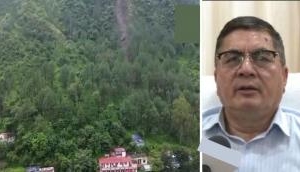
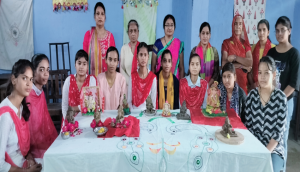

![BJP's Kapil Mishra recreates Shankar Mahadevan’s ‘Breathless’ song to highlight Delhi pollution [WATCH] BJP's Kapil Mishra recreates Shankar Mahadevan’s ‘Breathless’ song to highlight Delhi pollution [WATCH]](https://images.catchnews.com/upload/2022/11/03/kapil-mishra_240884_300x172.png)

![Anupam Kher shares pictures of his toned body on 67th birthday [MUST SEE] Anupam Kher shares pictures of his toned body on 67th birthday [MUST SEE]](https://images.catchnews.com/upload/2022/03/07/Anupam_kher_231145_300x172.jpg)


